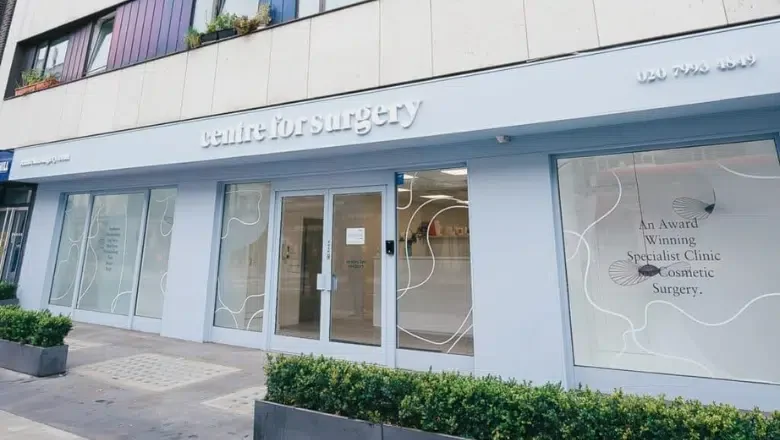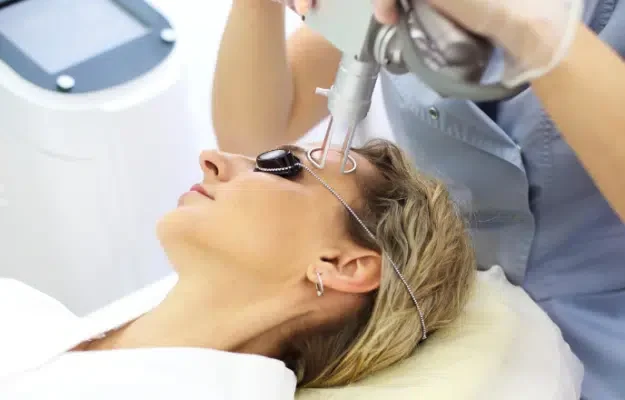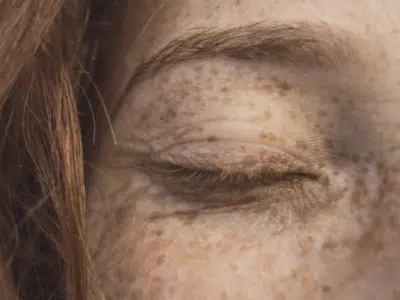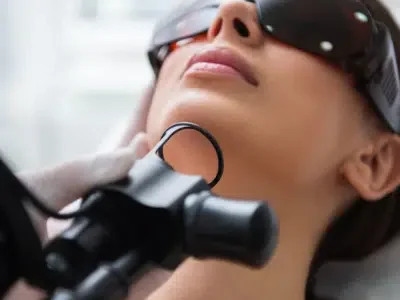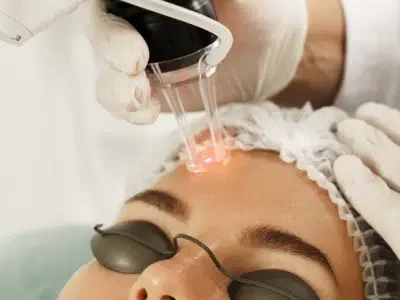The NHS has recently stopped carrying out certain treatments, including many types of cosmetic skin lesion removal, including mole removal. Moles that are potentially cancerous or life-threatening are still removed in the NHS. People will need treatment at a private clinic for all other types of moles.
Even with potentially cancerous moles, surgical waiting lists have significantly lengthened. We would advise checking with your local GP to get an idea of waiting times, although you may be disappointed to learn that even potentially suspicious moles face long delays in treatment in the NHS.
How can I qualify for mole removal treatment on the NHS?
You must first consult with your GP to receive a formal diagnosis. After this, you will be referred to see a dermatologist in an NHS hospital for a detailed clinical assessment. If the dermatologist diagnoses a cancerous mole, you will be eligible for treatment on the NHS. If your mole turns out benign, you should seek treatment at a private clinic.
Centre for Surgery is a specialist centre for removing all types of skin lesions including moles. We pride ourselves on providing a comprehensive mole removal service delivered by highly trained plastic surgeons from our state-of-the-art clinics in Marylebone central London.
RELATED: What do mole removal scars look like?
Should I have mole removal at a private clinic instead?
We recommend having the mole removed at a reputable private clinic such as the Centre for Surgery. A diagnosis can be achieved much quicker, and treatment can be arranged promptly for your peace of mind. NHS waiting times may cause considerable anxiety for many patients.
If you think you may have a suspicious mole, you should book a consultation with your GP. GP waiting times have increased significantly in recent years due to staff shortages, which may result in a potentially late diagnosis, which could affect the success of treatment. An early and accurate diagnosis is vital to ensure the best outcomes and prevent the risk of life-threatening complications from occurring.
Waiting times for many types of treatments, including mole removal, have gotten much longer in the NHS. By choosing to have treatment at a private clinic, you could be seen on the same day and in suitable cases could have treatment in the same session for maximum peace of mind. This allows you to return to your everyday activities immediately with minimal fuss.
How can I tell if I have a cancerous mole?
Although most moles are benign and, therefore, entirely harmless, they could exhibit potentially cancerous features in a small number of cases. Typical features to look out for include moles that appear irregular, larger than normal or have different colours within them. Moles that are rapidly growing, itchy, start to bleed, or painful should be urgently assessed as these are potential clinical features of melanoma.
In most cases, moles are completely harmless, although you should be familiar with the ABCDE approach to assessing them. If you have any concerns, please contact us today to book a consultation and receive a rapid diagnosis followed by appropriate treatment.
RELATED: Should I be concerned about an itchy or bleeding mole?
Why should I choose Centre for Surgery for mole removal?
Centre for Surgery is one of the leading private clinics in London for mole removal, and it uses a full range of techniques, including shave excision, surgical excision, and laser mole removal. Once you have consulted with an expert plastic surgeon, you can have the treatment on the same day or at a time that suits you for speedy mole removal. Moles surgically removed will be sent for diagnostic analysis, and the report will be sent back to us within a few days. If you would like to get more information about mole removal in London, contact us today at 020 7993 4849 or complete the contact form below.
RELATED: Why choose a plastic surgeon for mole removal?
How much does mole removal cost in the UK?
Mole removal in the UK typically starts at £450; the final cost will depend on the number of removed moles. Laser mole removal is cheaper than surgical mole removal and is suitable for raised moles that are considered benign and completely harmless. Suspicious moles should always be removed using surgical removal with the specimen sent for histology analysis. Once you have had a physical examination, you will receive customised recommendations on the most appropriate form of mole removal and your dedicated patient coordinator will give you an accurate quotation after your consultation.

